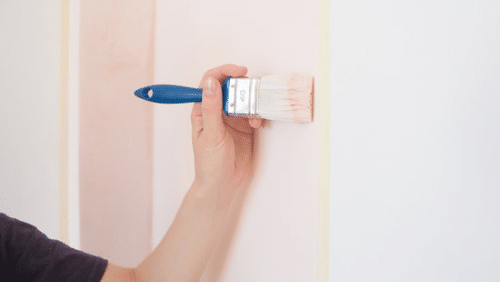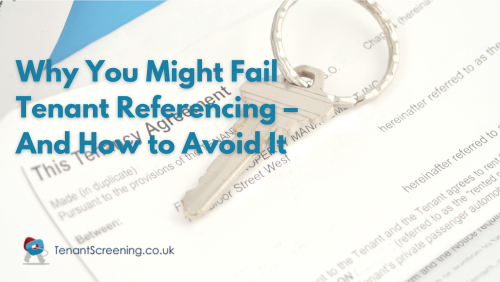Landlords guide to wear and tear
Even when tenants have taken appropriate care, wear and tear on a property may still occur. Except in cases of obvious and serious damage, fair wear and tear is frequently a murky subject because there are components of subjectivity involved in defining what is “fair.”
When determining whether to file a claim for deterioration, a number of variables must be taken into account, including the length of the tenancy, the tenants’ ages and relationships, the condition of the property prior to their occupancy, and the item’s original cost at the beginning of the tenancy.
What is considered as wear and tear?
It should be considered whether a claim is valid when a tenant has used property items reasonably and for their intended use.
The expected and foreseeable result of regular use is gradual deterioration. For instance, scuffed or faded walls or worn carpets. This sort of change in condition is to be anticipated and is probably covered by wear and tear. If claimed, an adjudicator is unlikely to identify it to be justified.
The expected and foreseeable result of regular use is gradual deterioration. For instance, scuffed or faded walls or worn carpets. This sort of change in condition is to be anticipated and is probably covered by wear and tear. If claimed, an adjudicator is unlikely to identify it to be justified.
- Curtains and upholstery discolouring
- Minor scratches or scuffs to worktops
- Minor scratches or scuffs to skirting boards or floorboards
- Carpets start to shade or fray
- Loose door locks
- Loose hinges or handles
What are the common claims a landlord can make for wear and wear?
A landlord can initiate a claim if a renter damages a property in a way that is not expected to happen gradually over time or is considered as unavoidable. Whether the property suffered damage on purpose or accidentally, a landlord can still take action.
When evaluating the amount to claim, all of the above factors must be taken into consideration. For example, as an item’s age increases, its likelihood of breaking increases, which could mean the tenant is not responsible for the resulting damage. The item may have been either at or nearing the end of its useful lifespan and perhaps needed to be replaced anyway.
Examples of claims that are deemed to be beyond typical wear and tear include:
- Damage to walls such as holes or vandalism
- Broken doors
- Significant damage to work surfaces
- Significant stains or carpet burns
- Torn curtains
Reduce the chance of a dispute when making a claim
If a tenant disputes a landlord’s claim for damage and claims that the deterioration is the result of normal wear and tear, the landlord has to rely on the proof contained in the check-in report at the beginning of the tenancy and the check-out report gathered at the end of the tenancy. The extent of the deteriorations will then be defined by comparing these reports. This underlines the importance of thoroughly completing and confirming check-in and check-out reports that clarifies the property’s condition at each stage of the rental.
Also ensure:
- Pictures are taken during both check in and check out inspections.
- Both landlord and tenant signs the inspection reports to show each party is in agreement of property.
- Keep evidence of the cost of new purchases such as furniture, appliances, carpets etc which has been spent before a tenant moves into a property.
- If a property is furnished or part furnished that the inventory log is accurate and descripted correctly.




















